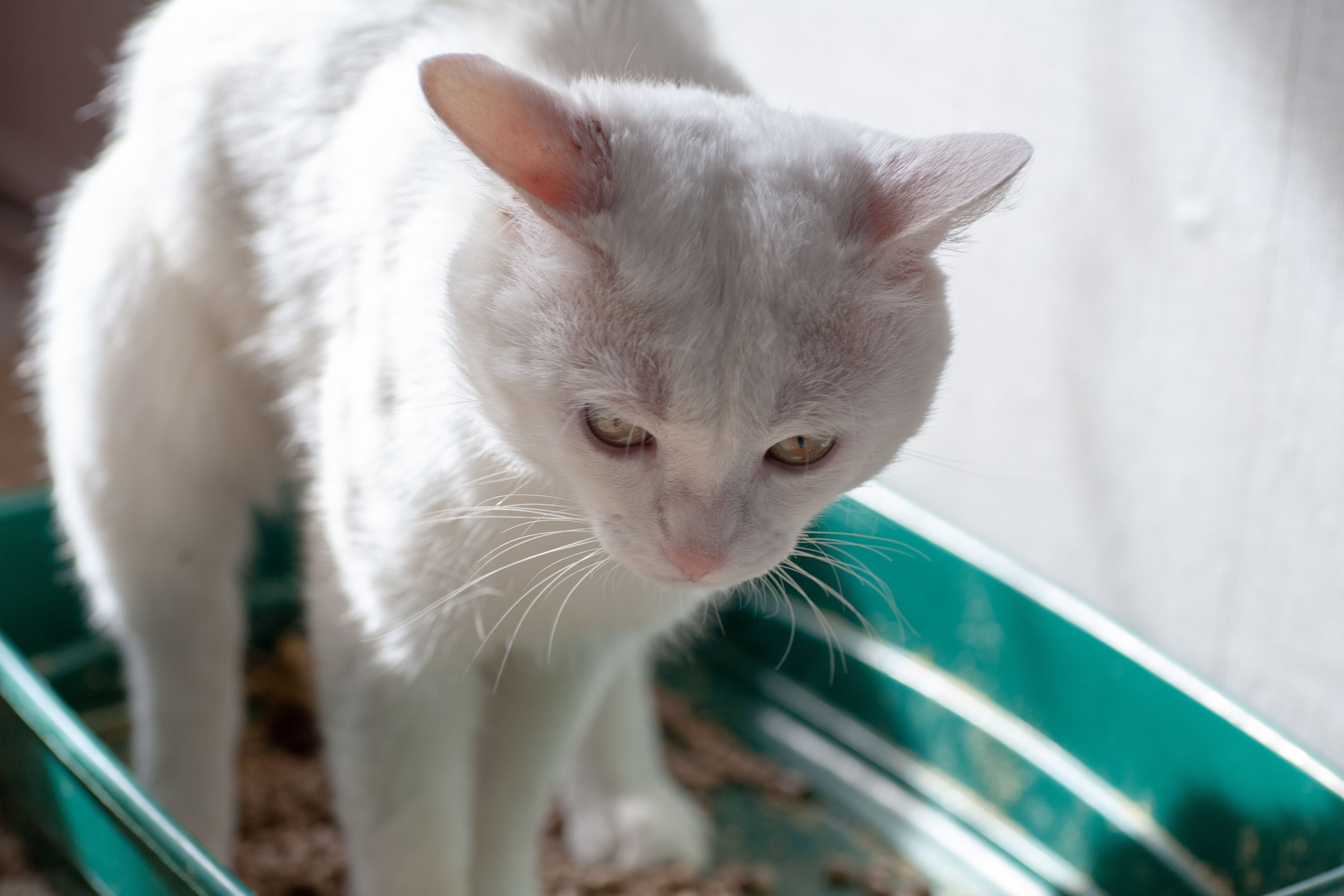3 must-reads on urology
Interested in broadening your knowledge of urology? Here are a few professional tips and tricks to consider when identifying and treating prevalent urology complications in dogs and cats.
It’s no secret that urology complications are among the most common reasons for veterinary visits. These conditions require a thorough understanding of the causes and a careful diagnosis to find the best treatment approach, which can pose a challenge to many professionals. To help, we've selected 3 articles that cover the nuts and bolts of urology complications and solutions for patients presenting with clinical signs.
From finding the appropriate diagnostic test for polyuria and polydipsia to treating both uncomplicated and recurrent UTIs—there’s something for everyone. Happy reading!
- Polyuria and polydipsia: Streamlining your veterinary diagnostics: Heather Kvitko-White, DVM, DACVIM (SAIM), describes how to select the proper diagnostic test for polyuria and polydipsia by understanding the mechanics of the conditions—including the factors that affect water intake and urination—as well as verifying a patient’s medical history and much more.
- Management of the blocked cat for veterinary technicians: Quickly identifying blocked cats allows for life-saving emergency stabilization and essential treatment. Here’s a closer look at some must-know facts and practical management pointers useful for the whole veterinary team.
- How to manage recurrent urinary tract infections: UTIs are prevalent in patients and can be tricky to treat, especially the ones that just don’t seem to go away. Here's a look at one veterinarian's recommendations for the best treatment options surrounding uncomplicated and recurrent UTIs.
